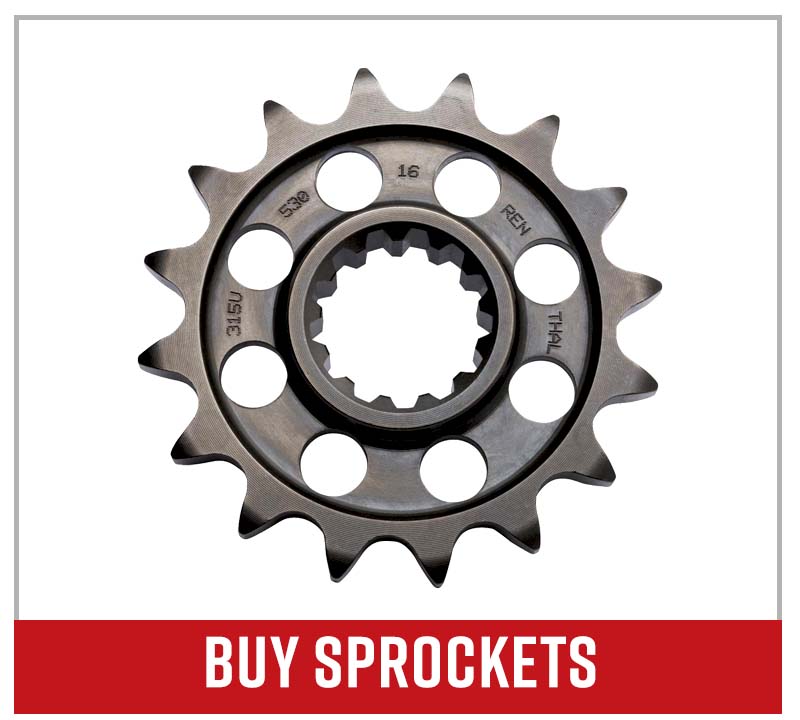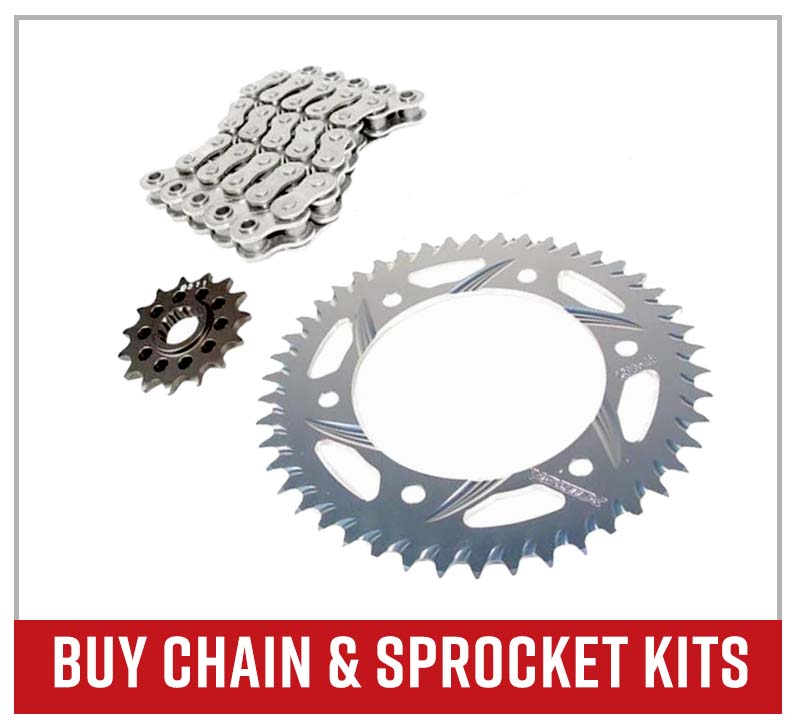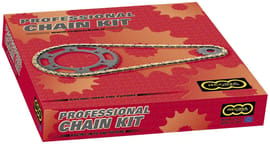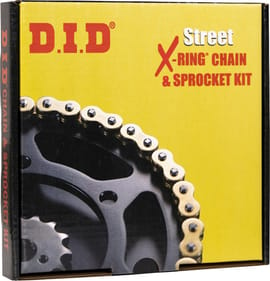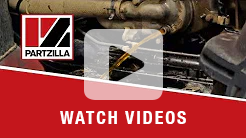Guide to Choosing Motorcycle Sprockets
Motorcycle owners sometimes change out sprockets to improve performance, acceleration and speed. Fitting colored sprockets onto a bike can also transform its aesthetics.
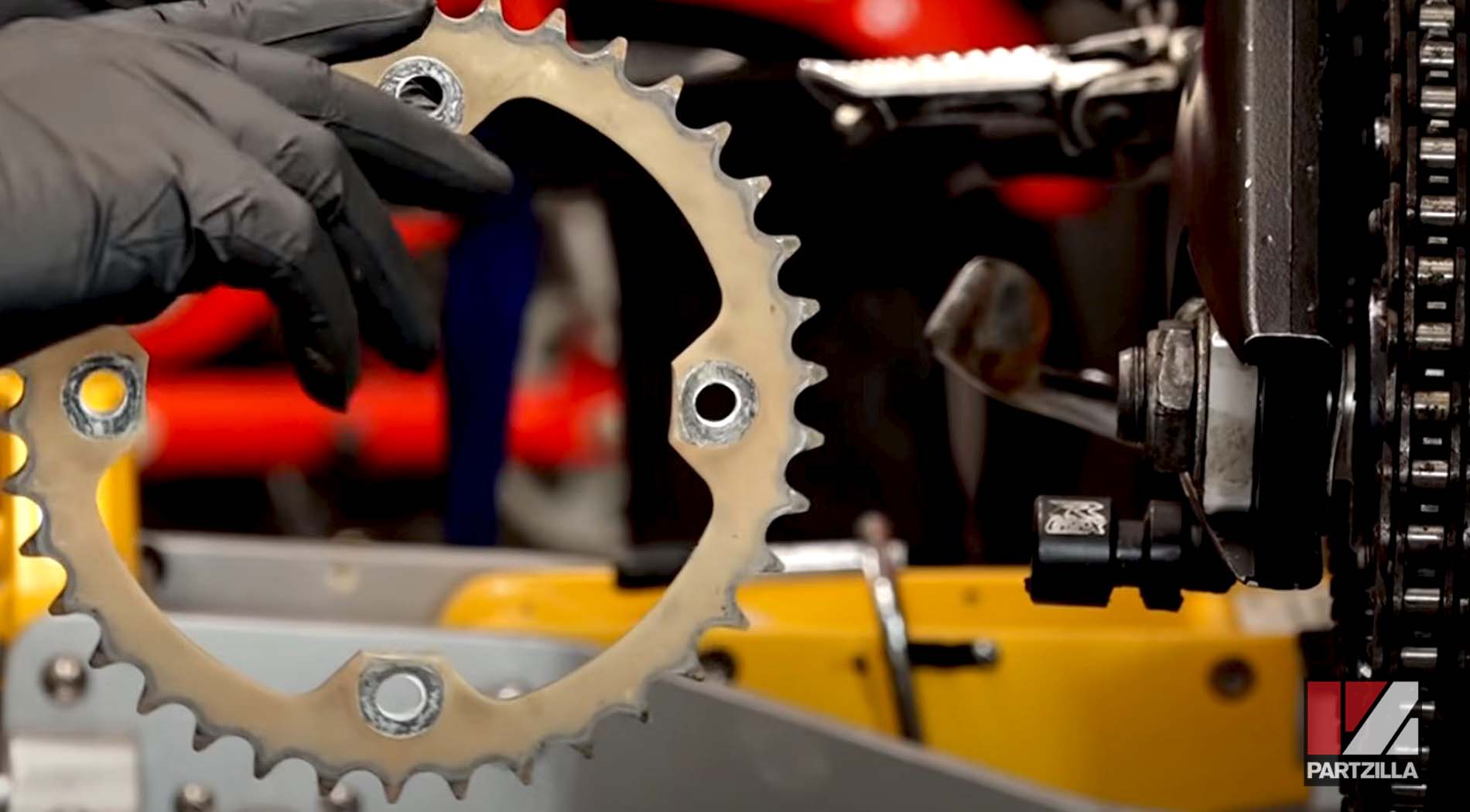
However, if you’re simply replacing the sprockets because they’re worn out, you only need think about the material; whether to replace both sprockets; and whether to replace the chain. Regardless of your reason for making the switch, here’s a guide to help you choose motorcycle sprockets.
Choose Motorcycle Sprocket Material
Virtually all motorcycle sprockets are made of steel or aluminum. Steel sprockets are more durable than aluminum sprockets, but aluminum ones are lighter.
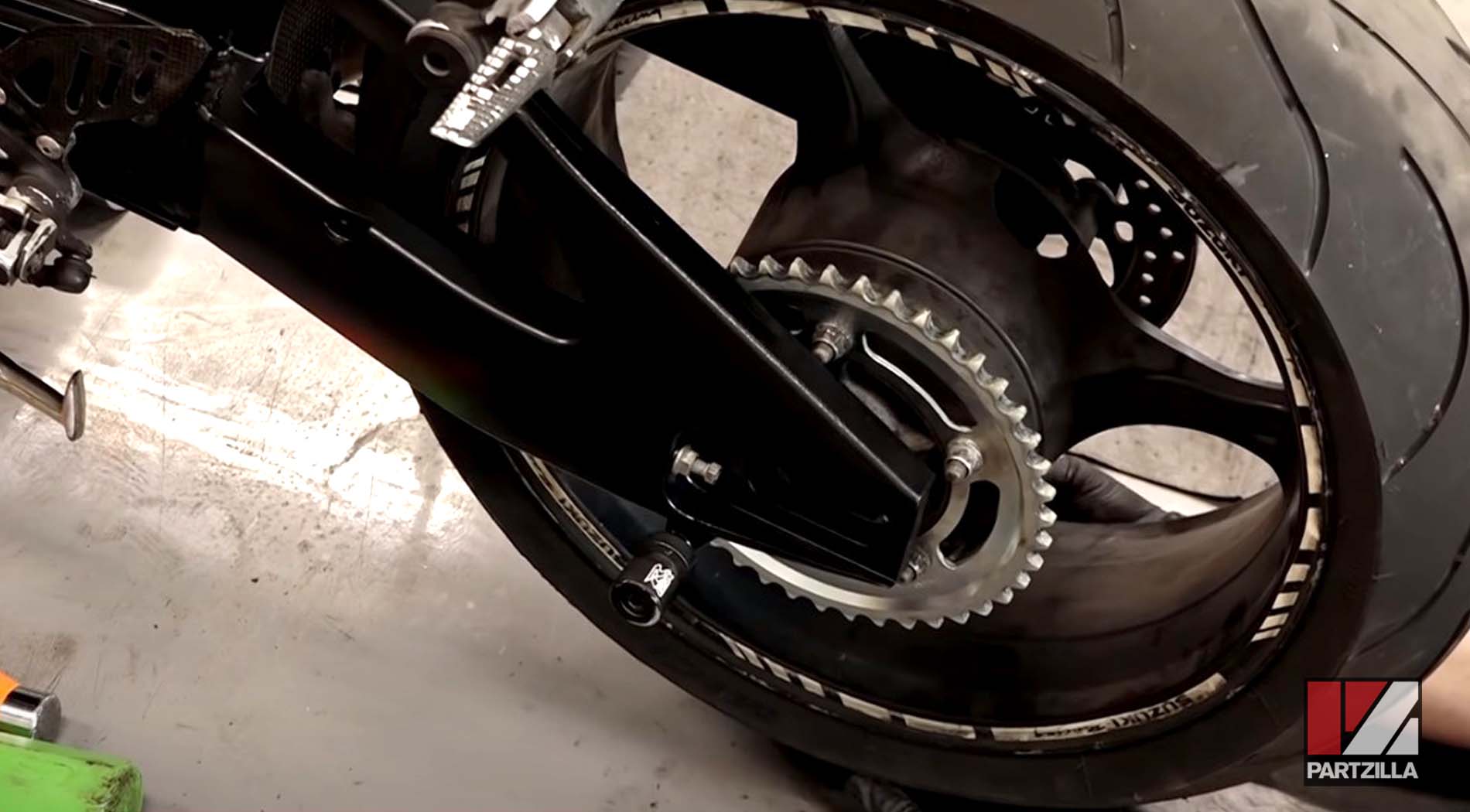
If weight is important to you, go with aluminum sprockets, but be prepared to replace them more often. However, steel aftermarket sprockets may be lighter than the stock sprockets and could offer you weight savings and longevity. Aluminum sprockets often come in a multitude of colors. A set of sprockets color-coordinated to compliment your bike enhances its look and makes an otherwise stock-looking motorcycle stand out from the crowd.
Replace Both Motorcycle Sprockets
If you’re replacing a motorcycle sprocket because one or both are worn, change both together as a set. Sprockets wear at more or less the same rate, so even if the rear (driven) sprocket looks worn while the front (drive) sprocket doesn’t, when one wears out, the other quickly follows.
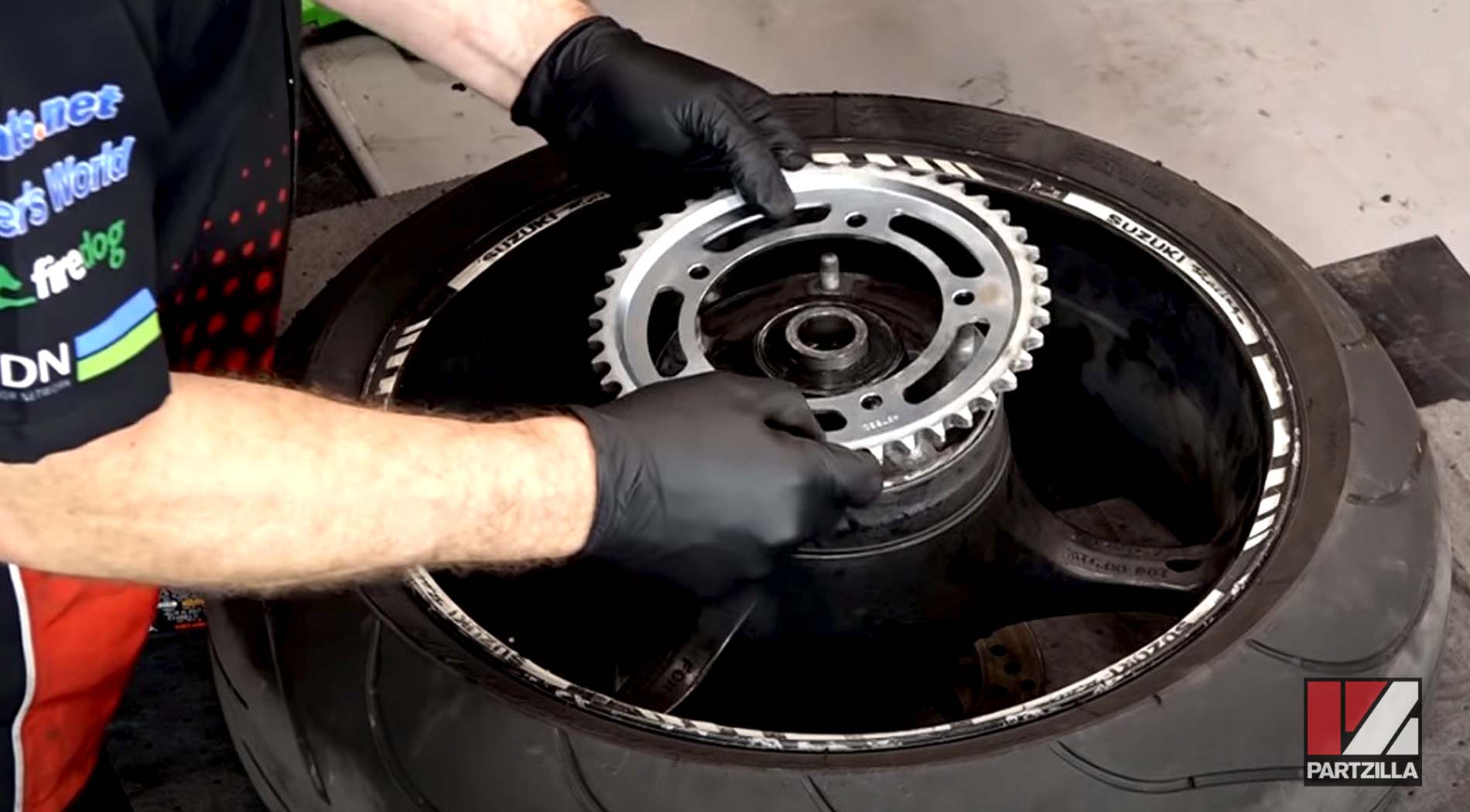
If you’re going through the trouble of breaking the chain to replace one sprocket, you might as well replace the other while you’re at it. Also, it’s often cheaper to buy complete chain and sprocket kits than it is to purchase each component separately. However, if you’re replacing the sprockets to alter gearing and performance, you can get away with only replacing one sprocket.
Replace the Chain with the Sprockets
If you’re replacing the sprockets because they’re worn out, you should also replace the chain. A worn chain on a new sprocket quickly wears out that sprocket, and vice-versa. Always replace both chain and sprockets together, even if only one of the components is showing obvious signs of wear.

If you’re replacing a sprocket to alter the gearing, you may also have to replace the chain if the new sprocket sizes require a longer or shorter chain for correct tension. That's because a chain that’s too tight or too lose affects performance, so there’s no point in replacing a sprocket to gain an edge, only to lose it because the chain is wrongly adjusted.
Pitch and Width
Chain pitch is the distance between the chain’s pins, and sprocket pitch is the distance between the sprocket’s teeth. The chain width is the distance between the inner chain plates, as determined by the length of the rollers. Sprocket width is how thick the teeth are, as measured in cross-section from the outer face to the inner face.
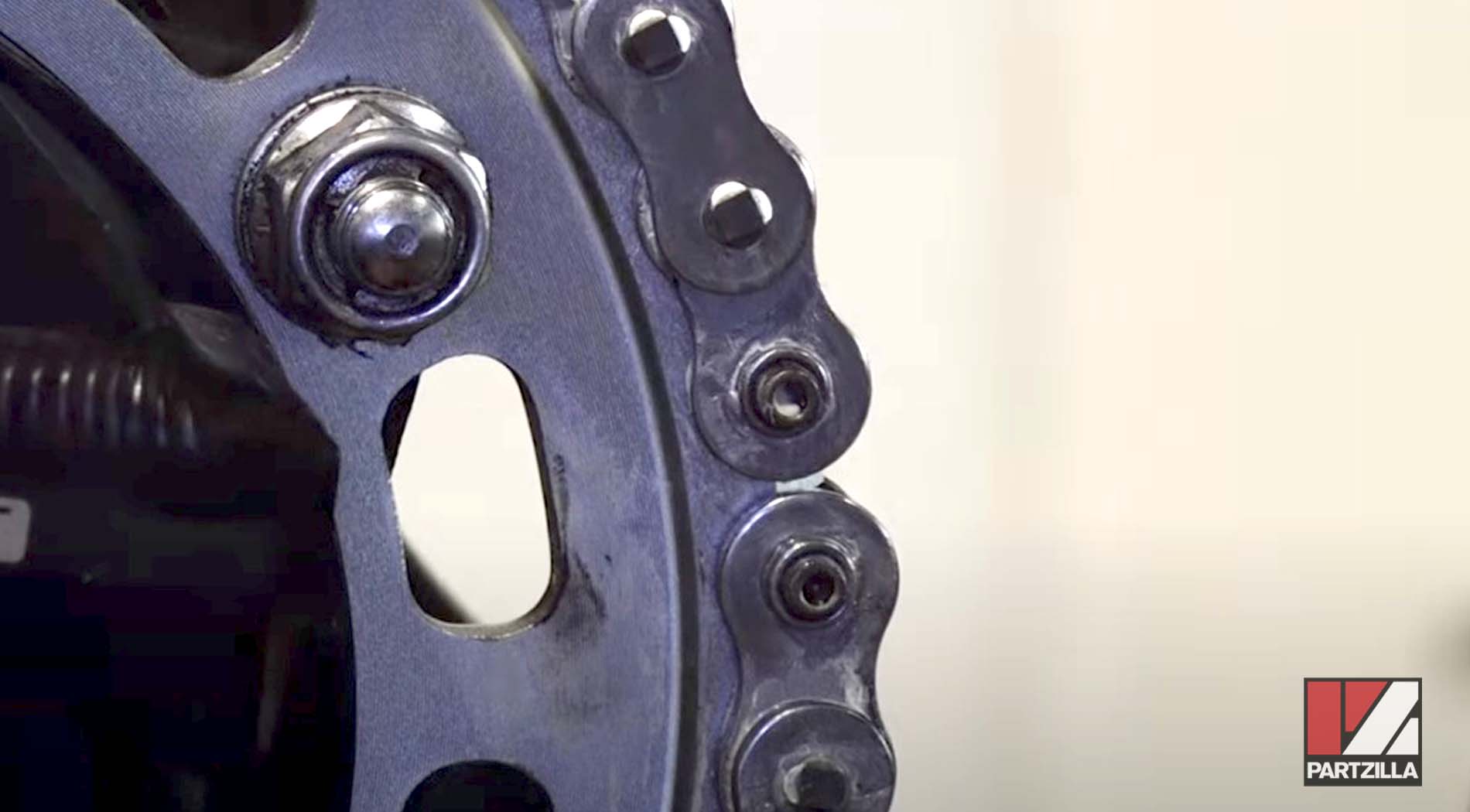
The larger the width and pitch, the larger and heavier the chain and sprockets, and the widths must be identical for them to work together.
The three most common motorcycle chains used on the majority of bikes in the US measure as follows:
- 520 chain with a 15.88mm pitch and 6.35 width
- 525 chain with a 15.88mm pitch and 7.85 width
- 530 chain with a 15.88mm pitch and 9.53 width
Typically the larger, stronger 530 chains are fitted as stock to the most powerful sport bikes of 1000cc and above, and the 525 chains are fitted to most other bikes. However, motorcycle chain technology is such that the strength of modern chains means you can drop a chain size, and many riders elect to drop two sizes from a 530 to a 520 chain.
Running a smaller chain size on your motorcycle offers a considerable weight savings, and places less strain on the engine, helping it spin more freely and get a bit of extra power. The downside to smaller, lighter chain-and-sprocket combinations is they don’t last as long as larger, heavier combos.
Motorcycle Sprocket Ratios
The opportunity to alter the sprocket (or final drive) ratio is often the sole reason a rider will change sprockets. Sprocket ratio is the number of times the front sprocket has to rotate for each single revolution of the rear sprocket.
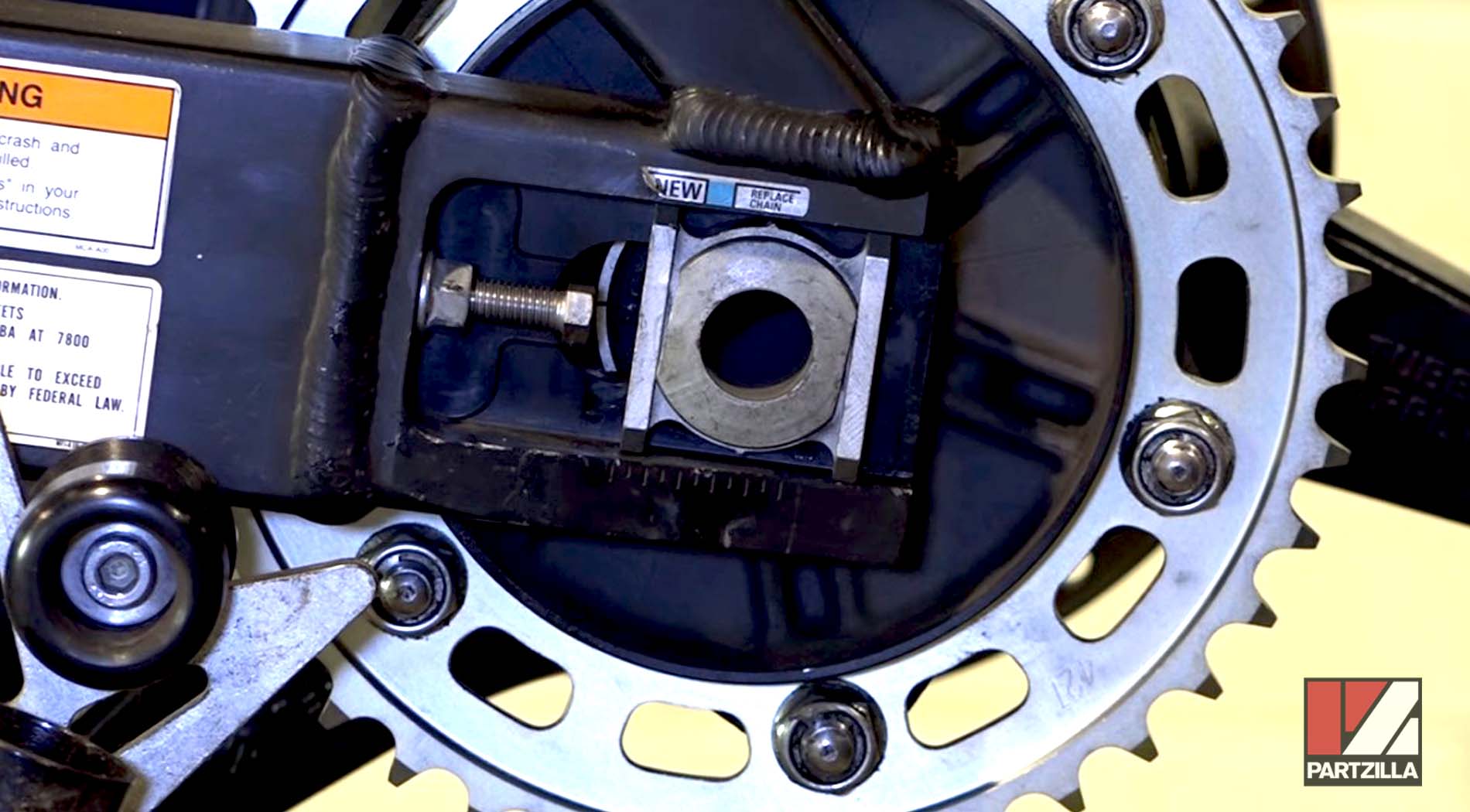
The ratio is determined by the the number of teeth on the front sprocket, compared to the number of teeth in the rear sprocket. For example, a motorcycle with a 17-tooth front sprocket and a 45-tooth rear sprocket would have a ratio of 2.65 (45 divided by 17 = 2.65). The higher the ratio number, the more acceleration and bottom-end power your motorcycle will have, but a lower top-end speed.
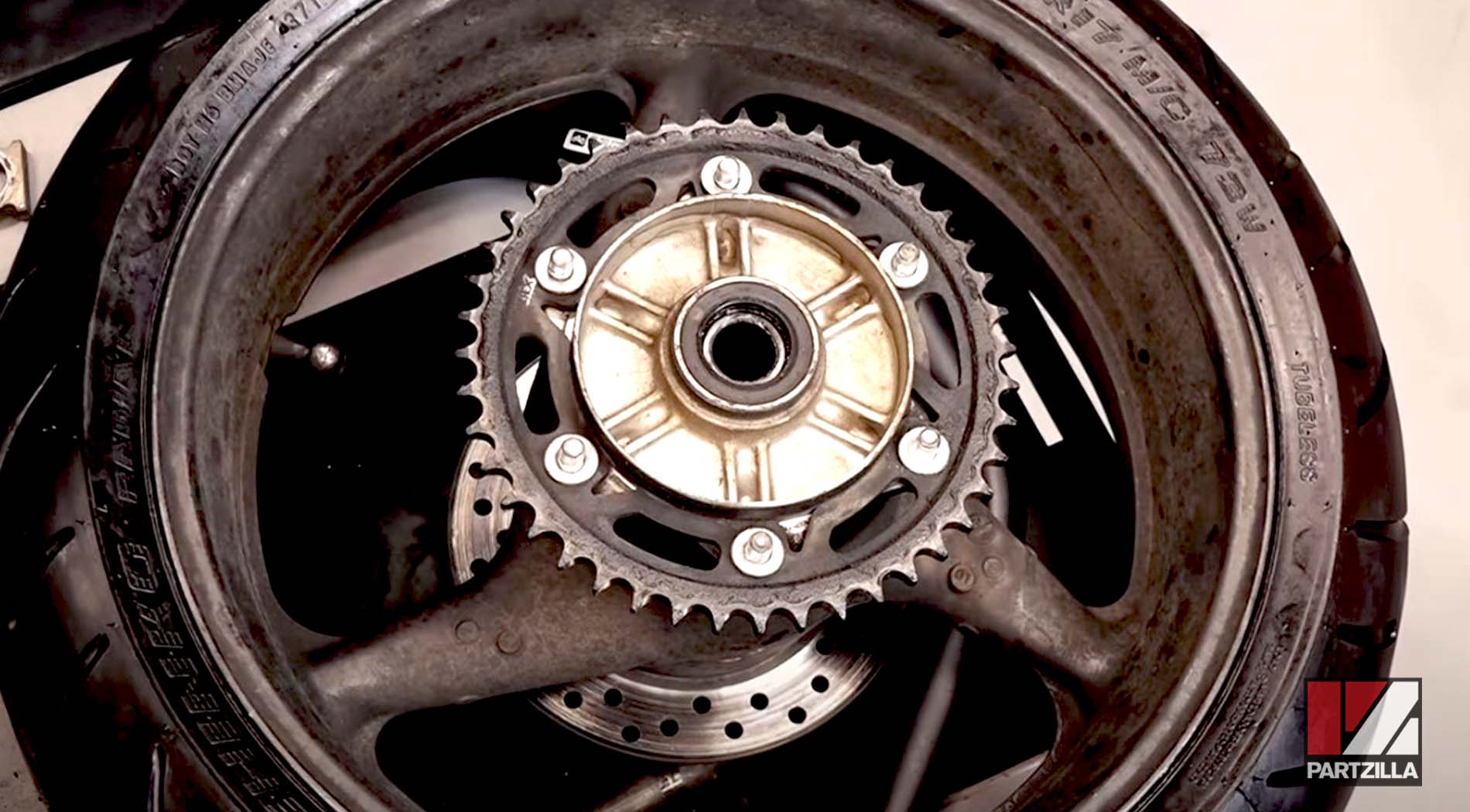
The lower the ratio, the higher the top-end speed, but with less bottom-end and acceleration. Because sprocket ratio affects the gearing of the motorcycle, it’s sometimes referred to “gearing up” or “gearing down.”
- Gearing up is the increase in top-end speed at the expense of acceleration, or a smaller gear ratio
- Gearing down is the increase in acceleration at the expense of top-ed speed, or a larger gear ratio
The Effects of Changing Motorcycle Sprocket Ratios
Changing one tooth on the front sprocket affects the gear ratio much more than it would on the rear sprocket. Altering a rear sprocket by one tooth changes the ratio by 0.06 to 0.09, while altering a front sprocket by one tooth changes the ratio by anywhere from 0.09 to 0.5.
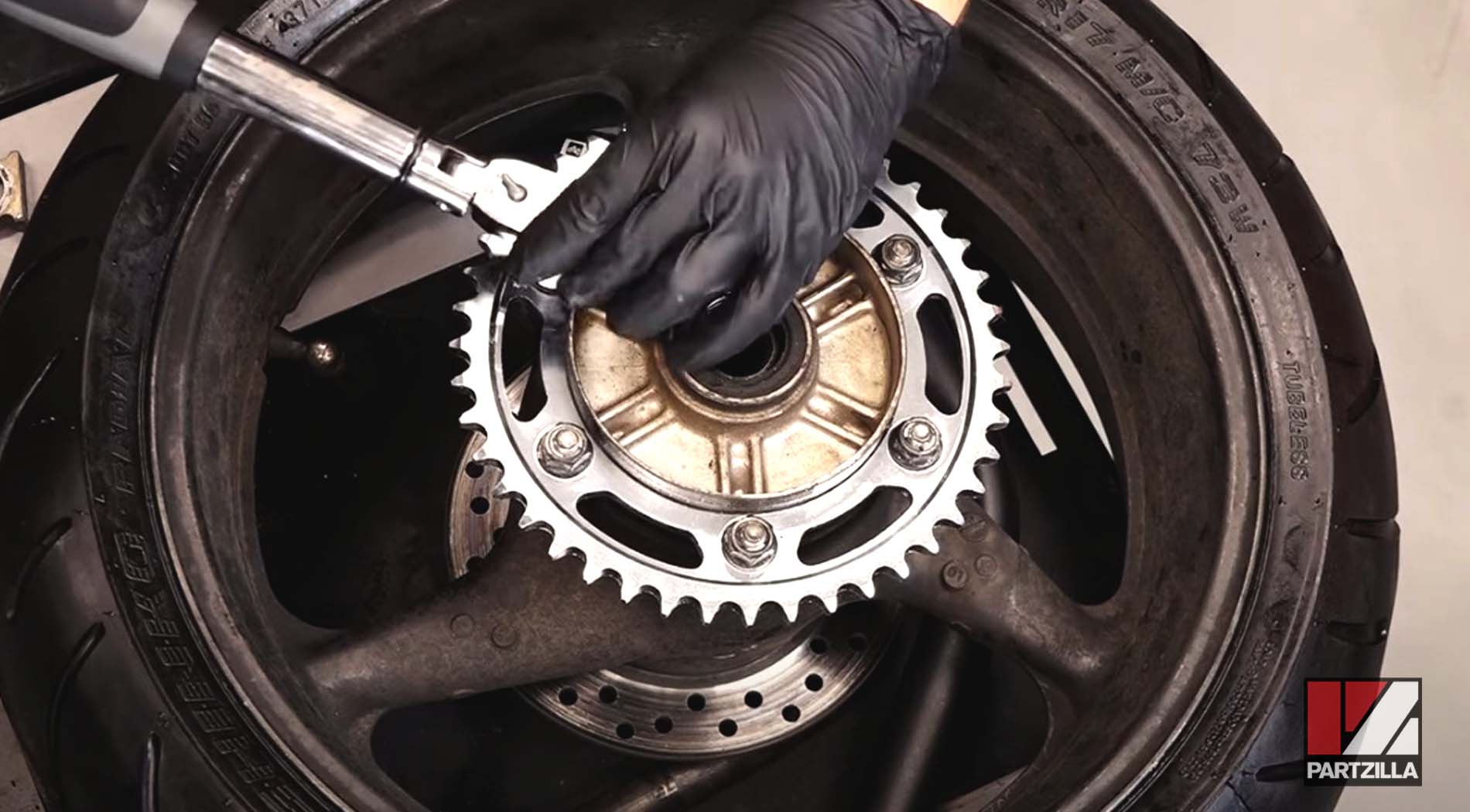
On average, changing a front sprocket by one tooth is the equivalent of changing the rear sprocket by 2-3 teeth. Therefore, fine tuning a motorcycle’s performance is better done by changing the rear sprocket, while more radical changes can be made by changing the front sprocket. It’s recommended you start by only adjusting the sprocket ratio by one or two teeth at a time, then riding your bike in a familiar environment to see whether you like the change in performance.

A popular sprocket ratio adjustment is to fit a front sprocket with one less tooth and a rear sprocket with two additional teeth. This improves the acceleration out of corners and low-end behavior in tighter turns. It’s possible to switch both the front and rear sprockets to smaller ones with less teeth while still maintaining the same ratio. This reduces the overall weight of the motorcycle, and while the weight savings will be small, the combination can make a difference. It's recommended you achieve the sprocket ratio you want by increasing size and tooth-count of the rear sprocket, instead of decreasing the size and tooth-count of the front sprocket.
Every time you change sprocket sizes, you must readjust the tension on the chain accordingly. Always ride with the correct chain tension to prevent rapid wear to the chain and sprockets, and check the tension at least one per week. If you change your sprocket sizes by more than a couple of teeth, the chain may now be too long or short, and you’ll have to buy a new chain to match the new configuration.

When you change sprocket ratio, the speedometer will no longer be accurate. A higher sprocket ratio for better acceleration means your actual road speed will be higher than the speed indicated by your odometer. It also means the odometer will add additional overall mileage you’re not actually covering. Over time, the speedometer reading will be much higher than it should be, which reduces the resale value of your motorcycle.
Lastly, if you frequently or semi-frequently change the chain and sprockets on your bike yourself, you’ll need some quality chain tools such as a breaker tool, a chain press tool and a digital caliper.
